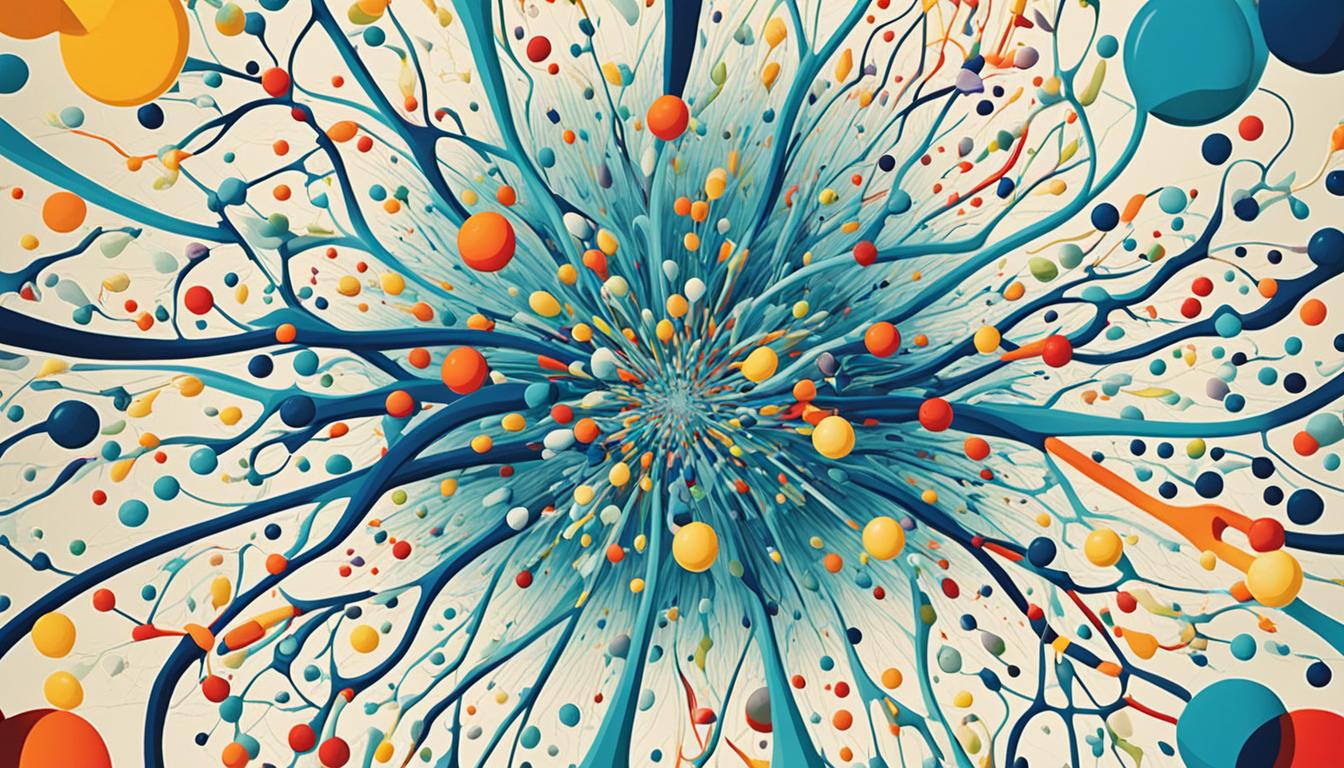Functional neurologic disorder (FND), also known as conversion disorder, is a neurological movement disorder. It is caused by a brain function abnormality. This disorder is different from others because it’s not due to brain damage.
Symptoms of FND can vary and affect different body parts. They may show up as limb weakness, tremors, seizures, or speech issues. Sometimes, people may feel unexplained pain. These signs can be very troubling and make life hard.
The exact reasons behind FND are not yet fully understood. Scientists think it might be a mix of biology and life experiences. Things like early traumas, anxiety, and stress could be linked to its development.
Diagnosing FND is not easy since there isn’t a single test for it. It requires a full evaluation by a neurologist and sometimes a mental health expert. This process helps rule out other conditions and confirm the diagnosis.
Treating FND is about easing symptoms to better life quality. It involves more than one approach. This can mean medicines for other conditions, therapy to cope with stress, or physical therapies to get better mobility.
Stem cell therapy is a new area in FND treatment. It shows some hope, but more studies are still ahead. Researchers want to know if using stem cells can fix brain pathways. This could bring new possibilities for treating this disorder.
Key Takeaways:
- Functional neurologic disorder (FND), also known as conversion disorder, is a common neurological movement disorder caused by an abnormality in brain function.
- FND can manifest in various ways, affecting different parts of the body and leading to symptoms such as limb weakness, tremors, seizures, speech difficulties, and pain.
- The exact cause of FND is still unknown, but it is believed to involve a combination of biological and sociological factors, including early life trauma, anxiety, and stress.
- Diagnosing FND can be challenging, as there is no specific test that can confirm it. A thorough evaluation by specialists is typically required.
- Treatment for FND focuses on managing symptoms and may involve medications, psychotherapy, and physical, speech, or occupational therapy.
- Stem cell therapy is being explored as a potential treatment option for FND, but more research is needed to determine its effectiveness.
Clinical Profile and Management of Functional Neurologic Disorder
Functional neurologic disorder (FND) is a complex condition. It’s known by different names such as conversion or somatisation disorder. A study carried out at Inkosi Albert Luthuli Central Hospital in South Africa looked at FND patients’ clinical traits and how they were treated.
Clinical Profile
The study indicated that FND was more common in young, single black African women. This shows that certain groups may bear a larger FND risk. The disorder often shows up as problems with feeling, moving, or sudden shaking, pointing to a variety of possible symptoms.
It’s interesting that about half the patients had other health issues, like high blood pressure and HIV/AIDS. This finding hints at a link between FND and these health problems, suggesting more research is needed in this area.
Management
The main treatment approach was talking therapy. But, results were not perfect. Only about 45% of patients got better after 2 months.
This underlines how tricky it is to treat FND. It also shows that a mix of treatments, involving many specialists, might be the best way forward. More research and personalized plans for children with this disorder are necessary, especially in places like South Africa.
To learn more about FND’s clinical traits and how it’s managed, check the table below:
| Clinical Profile | Management |
|---|---|
| Most frequently diagnosed in young, unmarried females of black African ethnicity | Psychotherapy is the most common form of treatment |
| Clinical presentations include sensory impairment, weakness, and seizures | 45.3% of patients show improvement at a median follow-up of 2 months |
| Medical conditions coexist in approximately half of the FND population, with hypertension and HIV being prevalent |
Understanding FND and its treatment can help healthcare workers better help those who suffer. This condition is complex, but with the right knowledge and care, we can improve the lives of affected people.
Understanding Functional Neurologic Disorder: Symptoms, Causes, and Diagnosis
Functional neurologic disorder, or FND, is when the brain operates abnormally. It leads to a variety of symptoms that can affect how you move, sense things, or think. This disorder causes motor issues like limb weakness, movement problems such as tremors, and even memory or focus troubles.
The reasons behind FND are not yet fully understood. However, experts think it’s a mix of genes, emotions, and the world around us. To diagnose FND, doctors look for certain signs and symptoms. They may use tests like brain scans but often find everything looks okay.
Treating FND aims at teaching the brain to work right again. This can involve taking meds, talking with a therapist, and doing physical exercises. This disorder doesn’t pick favorites; it can happen to anyone. It’s seen more in women and might join other issues like ongoing pain and feeling tired all the time.

